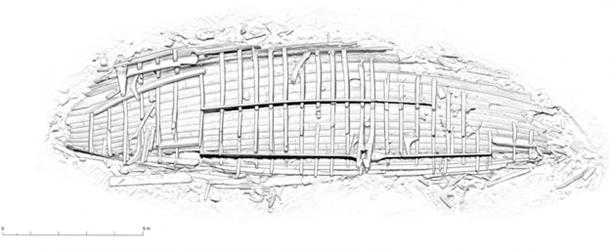© University of Copenhagen and Echtzeit GmbH, Figure: The Rhino Sandbox. © IGN
Date: August 26-30, 2019
Venue: Department of Geosciences and Natural Resource Management of the University of Copenhagen
Tutors: Dylan Cawthorne, Patrick Moechel, Thomas Ott, Kane Borg, Rikke Munck Petersen, Anne Wagner, Lene Fischer, Hans Skov-Petersen, Pia Fricker, Mariusz Hermansdorfer
This PhD workshop, organized by the Department of Geosciences and Natural Resource Management of the University of Copenhagen, will address Geodesign Technologies to record, represent, translate, simulate, and communicate the real world in urban and landscape planning/design processes. The course goes beyond the classic methods based on physical models made from cardboard or clay and well-established digital techniques framed by 2-D GIS and 3-D CAD. The course aims to embrace, demonstrate and discuss new, emerging technologies via perceived world on the one hand, vs. its digital and physical representations on the other.
Rhino and Grasshopper will be used as design, modeling and simulation tools for geodesigners, landscape architects, architects, and engineers.
Students should be en engaged in landscape and urban design and related, spatial technologies (including GIS and CAD), but students specializing in one of the two fields are also encouraged to attend. To pass the course, students must:
- Read obligatory course literature
- Attend the course on site
- Provide a short, verbal reflection of their own PhD-project
- Present the design developed during the course (including technological observations)
- And finally, produce a 4-5 page manuscript covering the students’ reflection of their PhD project vs. the topics of the course




























